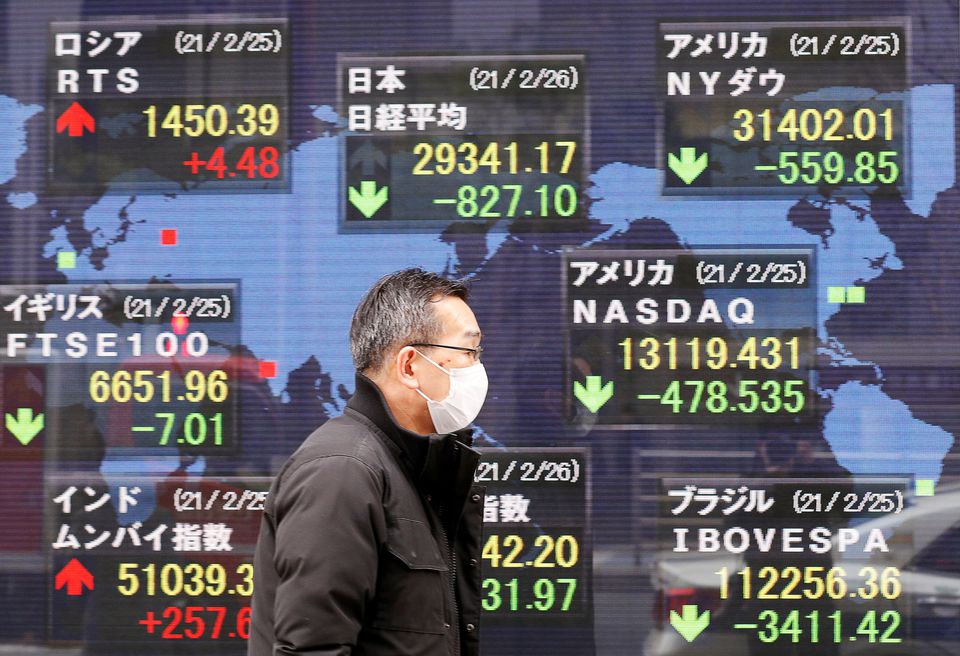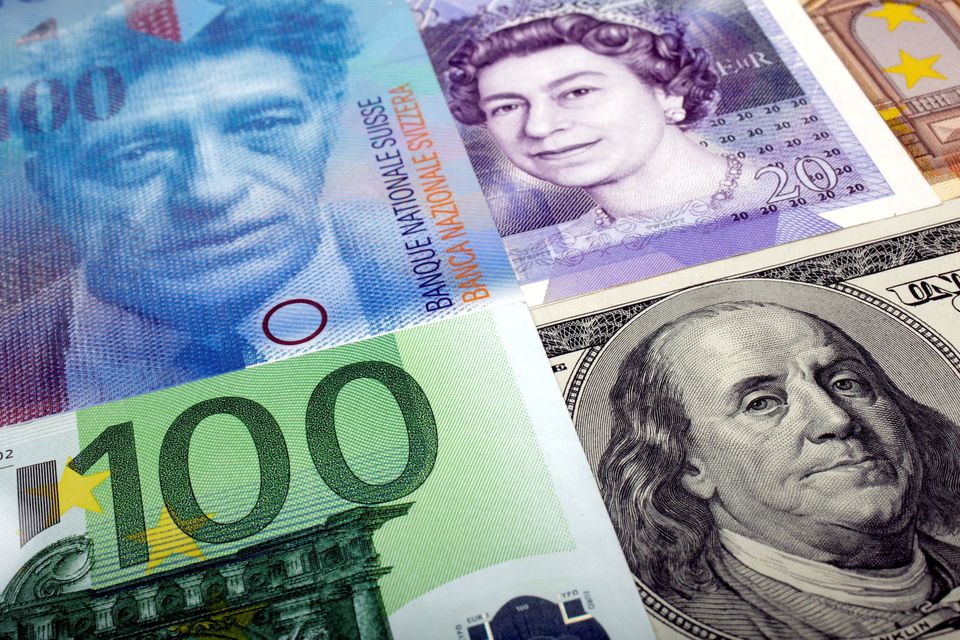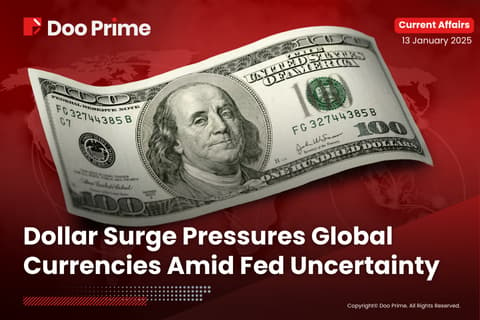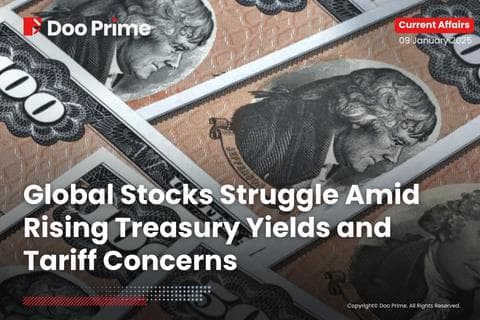WORLDWIDE: HEADLINES
Japan’s Feb Factory Activity Growth Falls To 5-month Low – Flash PMI

Japan’s manufacturing activity expanded at the slowest pace in five months in February as output contracted, underscoring the prolonged impact that global supply chain disruptions are having on the world’s third-largest economy.
Activity in the services sector shrank at the fastest rate since May 2020 as demand weakened after the country saw coronavirus infections spike to a record due to the Omicron variant.
The au Jibun Bank Flash Japan Manufacturing Purchasing Managers’ Index (PMI) fell to a seasonally adjusted 52.9 from a final 55.4 in the previous month. A reading below 50 indicates contraction from the previous month, above 50 expansion.
“Manufacturers signalled a reduction in output for the first time in five months, though the rate of contraction was considerably softer than that seen in the dominant services sector,” said Usamah Bhatti, economist at IHS Markit, which compiles the survey.
The survey showed a marked lengthening of delivery times exacerbated material shortages, causing input prices to rise at the fastest rate since August 2008.
“Firms continued to report that rising input prices and material shortages, notably in fuel and metals continued to dampen private sector activity,” Bhatti said.
Manufacturers saw stockpiles of raw materials and other inputs rise at the sharpest pace since the start of the survey in October 2001.
Both manufacturers and service-sector firms became less optimistic about business conditions in the 12 months ahead, the survey showed.
Full coverage: REUTERS
Australia’s Zip Sees HY Loss As Fiscal Stimulus Money Dries Up In United States

Australian payments firm Zip Co (Z1P.AX) on Monday forecast a bigger half-year loss than analysts’ expectation, citing lower consumer spending in the United States as fiscal stimulus money dries up.
The downbeat forecast sent the stock of Australia’s biggest standalone buy-now-pay-later (BNPL) company down nearly 7% to its lowest since May 2020.
The BNPL sector in Australia, which saw a meteoric rise during the pandemic as customers thronged to online shopping and preferred alternate sources of credit to pay for purchases, is going through a rapid consolidation.
Zip said it would undertake a series of cost-saving measures to narrow its losses, but did not provide further details.
Bad debts were at 2.6% of transaction volumes for the first half ended Dec. 31, higher than RBC’s estimate. Zip attributed this to its expansion into “less mature” markets, and less stimulus in the United States.
The company has been rapidly expanding into new markets over the past year, acquiring and investing in companies in Europe, Asia and the Middle East. Last month, it said it was in talks to buy smaller Australian peer Sezzle .
RBC said Zip’s expansion strategy was likely to result in higher operating costs going forward.
Zip said it expected half-year earnings before income taxes, depreciation and amortization to be a loss of A$108.1 million ($108.10 million), compared to RBC’s estimate of a A$39.7 million loss.
Full coverage: REUTERS
WORLDWIDE: FINANCE/BUSINESS
Asia Shares Pare Losses, S&P 500 Rallies On Ukraine Hopes

Asian share markets pared sharp early losses on Monday as a glimmer of hope emerged for a diplomatic solution to the Russian-Ukraine standoff, though there remained plenty of devil in the detail.
Wall St futures rallied on news U.S. President Joe Biden and Russian President Vladimir Putin have agreed in principle to hold a summit on the Ukraine crisis.
One condition for the summit was that Putin did not invade Ukraine, a turn of events that still seemed possible given Russia extended military drills in Belarus and continued to build up troops on the Ukraine border.
Just the chance of a peaceful solution was enough for S&P 500 stock futures to reverse out of early losses to trade 0.4% higher. Nasdaq futures edged up 0.2%, having been down more than 1% earlier. U.S. markets are on holiday on Monday but futures still traded.
Likewise, EUROSTOXX 50 futures erased an early drop to rise 0.1%, and FTSE futures swung back to flat.
MSCI’s broadest index of Asia-Pacific shares outside Japan (.MIAPJ0000PUS) pared their losses to be down 0.4%, while Japan’s Nikkei (.N225) halved its drop to be down 0.9%.
Also troubling markets has been the prospect of an aggressive tightening by the U.S. Federal Reserve as inflation runs rampant. The Fed’s favoured measure of core inflation is due out later this week and is forecast to show an annual rise of 5.1% – the fastest pace since the early 1980s.
“January inflation readings have surprised materially to the upside,” noted JPMorgan chief economist Bruce Kasman.
“We now look for the Fed to hike 25bp (basis points) at each of the next nine meetings, with the policy rate approaching a neutral stance by early next year.”
At least six Fed officials are set to speak this week and markets will be hyper-sensitive to their views on a possible hike of 50 basis points in March.
Full coverage: REUTERS
Currency Markets Nervously Eye Ukraine Headlines, Take Heart From Possible Summit

Currency markets started the week nervously eying tensions in eastern Europe, with the safe-haven yen not far from a two-week high while the euro was on edge given the energy security and economic implications for Europe of a war in Ukraine.
“Russia-Ukraine tensions are starting to dominate risk sentiment and price action. The market is likely to keep chasing headlines without any clarity on the eventual outcome,” said analysts at Barclays in a note.
Illustrating this, the euro took a small lift early in the Asian session after the office of French President Emmanuel Macron said U.S. President Joe Biden and Russian President Vladimir Putin have agreed in principle to hold a summit on the Ukraine crisis, though it added such a meeting would be impossible if Russia invaded Ukraine.
In turn, the yen lost a modicum of ground on the dollar following the announcement, which comes after a week of heightened tensions spurred by Russia’s military build-up on Ukraine’s borders.
The euro was 0.12% higher at $1.13340 while the yen was at 115.05 per dollar, pausing its earlier drift towards its two-week low of 114.78 touched Friday.
Safe havens like the yen and Swiss franc have been the major beneficiaries of the geopolitical tension in eastern Europe.
Earlier in the session the euro had been hurt and the yen boosted by Sunday’s announcement from the Belarusian defence ministry that Russia would extend military drills in Belarus.
In broad terms, moves in currencies aligned with moves in risk sentiment across asset classes. U.S. share futures slipped in early trading on Monday, before turning positive after news of the possible summit.
Full coverage: REUTERS
Oil Slips On Ukraine Summit Plan, Prospect Of Iran Nuclear Deal

Oil prices fell on Monday on a plan for U.S. President Joe Biden and Russia’s Vladimir Putin to hold a summit on the Ukraine crisis and on prospects of a nuclear deal between Iran and world powers in the next week or two.
The office of French President Emmanuel Macron said in a statement on Monday he had pitched to both leaders a summit over “security and strategic stability in Europe.” The White House said Biden had accepted the meeting “in principle” but only “if an invasion hasn’t happened.”
Brent crude futures fell 73 cents or 0.8% to $92.81 at 0224 GMT after having jumped more $1 than to $95.00 in early trade, its highest level since Wednesday.
U.S. West Texas Intermediate (WTI) crude futures similarly fell 52 cents or 0.6% to $90.55 a barrel after having hit a high of $92.93.
Oil markets have been jittery over the past month on worries a Russian invasion of its neighbour could disrupt crude supplies, but price gains have been limited by the possibility of more than 1 million barrels a day of Iranian crude returning to the market.
A senior European Union official said on Friday a deal to revive Iran’s 2015 nuclear agreement was “very very close”.
Analysts said the market remained tight, and any addition of oil would help, but prices would remain volatile in the near term as Iranian crude would only likely return later this year.
“There’s just so many pressures geopolitically it’s difficult to know what the answer is (on market movements) – with Ukraine and Iran,” said National Australia Bank commodity analyst Baden Moore.
European Commission President Ursula von der Leyen said Russia would be cut off from international financial markets and denied access to major exports needed to modernise its economy if it invaded Ukraine.
Full coverage: REUTERS


